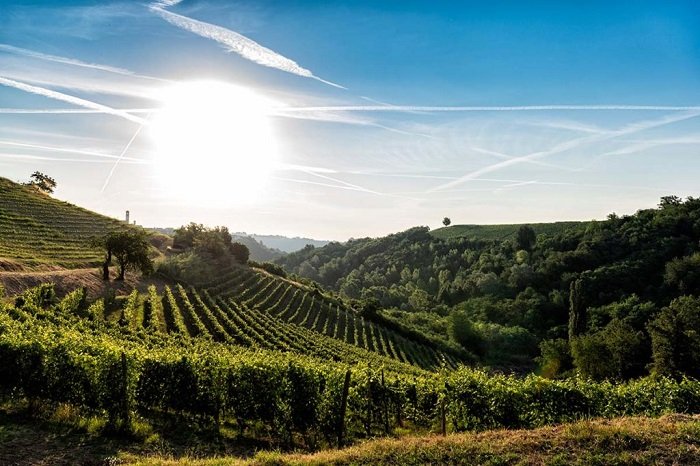Barbera is a wine with easy-drinking characteristics (easy, not trivial), a wine that everyone likes and can agree on. Here are four to try to start entering the world of Barbera.
If “wine is the poetry of the earth,” as Mario Soldati said, Barbera is the poetry of our tables. Talk about Barbera means opening the window to a highly articulated world. Originally from the Monferrato, the (or better yet “the”) Barbera is a widely planted grape variety throughout Piedmont and Lombardy. About half of Piedmont’s red wine comes from this grape variety, vinified either alone or with other grapes.
The best results are obtained in the area of classic appellations, among all of which stands out for quality the Barbera d’Asti, now a Docg, and more so what was once its own subzone and is now a Docg in its own right: Nizza. Very interesting results can also be obtained with the Barbera d’Alba, as evidenced by a number of top producers who make it a wine of absolute quality.
We have focused on the Barbera d’Asti area and offer four, including one now with the Nizza Docg. One is a historic producer who has always focused on Barbera with extraordinary results. The second is a newer winery but one that has made a name for itself immediately for the quality of its Barberas. Then we chose two cooperative wineries, proving that even cooperation, when well managed, can offer tasty wines with excellent value for money.
Barbera at the highest level: Marchesi Alfieri
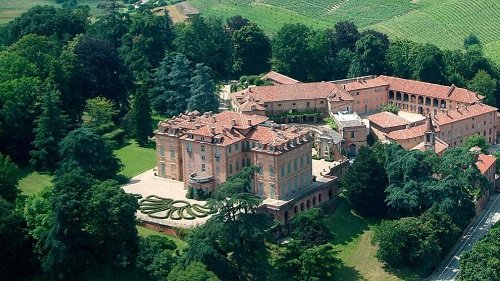
Perhaps it is because the ownership is all female, the fact is that here Barbera, a wine that is feminine from its name, is at its highest level. We are in San Martino Alfieri, the last town in Asti before entering the Roero, and here we find the Marchesi Alfieri winery , owned by the San Martino sisters. If you read the names of the village, the winery and the property, it is easy to make 1+1.
Here the different Barbera souls meet and the Barbera d’Asti Superiore Alfiera summarizes them all with a great wine class, peremptory, unquestionable. Then there is an additional Barbera of very high caliber and spokesperson for the long history of this winery: the Carlo Alfieri Barbera d’Asti Superiore, drawn in very few bottles. Finally, a Barbera d’Asti for everyday drinking: The Tota, if it were not there it would have to be invented.
La Gironda, biosustainable and modern
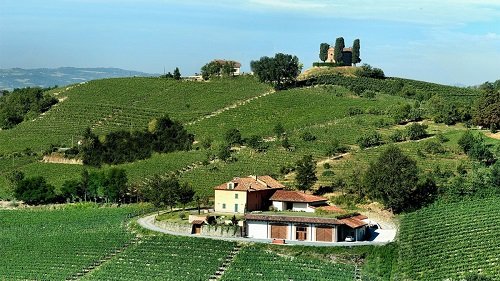
A female-led company that of the two Galandrino sisters with front woman Susanna, beloved by all for her overflowing friendliness. A company with solid roots in the Nicense area for a few generations where-as in many Piedmontese stories-it is the young people who want to go beyond simply “making grapes.” With an awareness that sometimes might seem like a gamble and instead is the winning choice.
The winery is biosustainable, in organic conversion, but attention to detail has led it to have a decidedly modern winery with a focus on the cold chain. The top Barberas are those that fall under the Nizza DOCG, such as. The Niches and the Needle Reserve, but this column is ideal for enhancing the irresistible drinkability of La Lippa.
Vinchio Vaglio, 65 years of Barbera
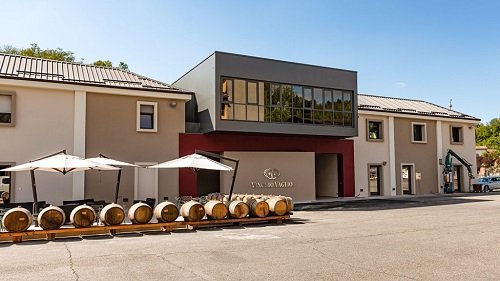
A cooperative winery with a long history., Vinchio e Vaglio is focused on the enhancement of Barbera in all its expressions, from the simplest and freshest, aged in steel, to those (there are several) that mature in wood for greater complexity.
It was in 1986 that the decision was made to enhance the value of vineyards more than 50 years old, starting to produce the Old Vineyards at a time when many vineyards were being leveled. There are nearly 500 hectares of vineyards to count on, divided between 200 conferees, for a production that also includes other wines typical of the Monferrato area. Some wines are certified organic.
Vine cultivation and wine culture: Vite Colte
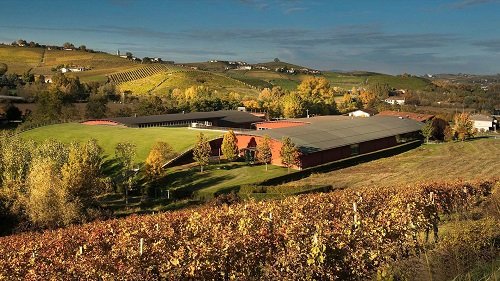
Vite Colte are those that the winegrower-conferers spent working their vineyards and then bringing to the cooperative winery the result of their crops and cultures. And it’s not just a play on words. There is an underlying knowledge that comes from the dialogue between different worlds and generations: on the one hand, peasant knowledge, experience, tradition, and the typically Piedmontese passion for careful work; on the other hand, research and scientific knowledge.
The Vite Colte protocol requires an absolute and constant quality standard, the result of agronomic choices aimed at a sustainable, selective vineyard management oriented to the right maturity of the fruit. Each winemaker adheres to the protocol by acting promptly in the vineyard and by defining and monitoring the progress of their work in close contact with the winery’s team of agronomists. In 2000, the winery at the foot of Barolo’s most prestigious cru was opened with attention to new technologies and a philological study of the terroir. Next to Barolo and Barbaresco we also find Barbera, the everyday wine.



